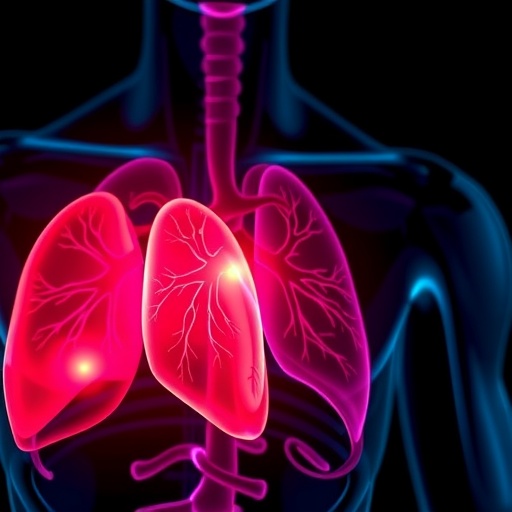Highlights:
- Access to safe anaesthesia for essential surgery is a basic human right and should be available to all patients irrespective of their ability to pay.
- 5 billion of the world's 7 billion people do not have access to safe, timely and affordable surgery and anaesthesia when needed
- The WHO-WFSA International Standards for A Safe Practice of Anaesthesia provide concrete standards that every healthcare facility and anaesthesia provider can follow across specific areas including; facilities, equipment and supplies, medications and intravenous fluids, monitoring, conduct of anaesthesia, and professional aspects.
- The WHO-WFSA International Standards for a Safe Practice of Anaesthesia are an essential step on the road to universal access to safe anaesthesia as part of World Health Assembly resolution 68.15, UHC 2030 and SDG 3.
- Disease Control Priorities 3, written by the World Bank, estimates that a global investment of just US$3 billion per year at the first level hospital level would achieve universal coverage of emergency and essential surgery and a return on investment of ten to one [2].
This month the World Federation of Societies of Anaesthesiologists (WFSA) launched an update of the International Standards For A Safe Practice of Anaesthesia, co-published with World Health Organization (WHO) for the first time as an official WHO guideline.
The standards are recommended for anaesthesia professionals throughout the world and are intended to provide guidance and assistance to anaesthesia professionals, their professional societies, hospital and facility administrators, and governments for improving and maintaining the quality and safety of anaesthesia care. They were first adopted by the WFSA on 13th June 1992, with revisions in 2008 and 2010. The latest version was published in May 2018 and was developed on behalf of both the WFSA and WHO.
The launch of the International Standards marks the increasing importance of surgery and anaesthesia within global health policy. Recent seminal papers have highlighted major discrepancies in the provision of safe anaesthesia and surgery worldwide [1, 2]. The Lancet Commission on Global Surgery estimated that five billion of the world's seven billion people do not have access to safe, affordable anaesthesia and surgical care when needed [1]. As the essential role of anaesthesia in the provision of surgical and obstetric care is not always understood by decision makers, the development of anaesthesia has often been given a lower priority than the development of surgery per se in the global health agenda. Yet, access to safe anaesthesia for essential surgery is a basic human right and should be available to all patients irrespective of their ability to pay.
On 22nd May 2015 the World Health Assembly passed the ground-breaking Resolution 68.15 entitled "Strengthening emergency and essential surgical care and anaesthesia as a component of universal health coverage"[3]; a potential game-changer for the 5 billion people. The launch of the updated International Standards for a Safe Practice of Anaesthesia supports this initiative by outlining concrete standards that every facility providing anaesthesia can follow in specific areas including; facilities and equipment, medications and intravenous fluids, monitoring, conduct of anaesthesia, and professional aspects.
Julian Gore-Booth, Chief Executive Officer of the WFSA, explained "Safe anaesthesia saves lives. These standards contribute to WFSA's goal of safe anaesthesia care for everybody and we are proud and delighted to have worked with WHO on our shared mission to include surgery and anaesthesia as a component of universal health coverage."
Professor Adrian Gelb, Secretary of the WFSA highlighted that "Every patient in every country deserves safe anaesthesia every time. This important WHO and WFSA endorsed set of standards takes an important step forward in clearly defining standards for every level of facility that provides general anaesthesia, deep or moderate sedation."
"It is the hope of both organizations that ministries of health and hospital administrators will strive to implement them, if they are not already achieving the described level," he added.
Dr Walter Johnson, Lead, WHO Emergency & Essential Surgical Care Programme, similarly highlighted the importance of the Standards and the collaboration adding, "The WHO-WFSA International Standards for a Safe Practice of Anaesthesia is an important milestone in the development of global quality initiatives for improved surgical, obstetric and anaesthesia service delivery platforms and health system strengthening."
"Worldwide, enormous disparities exist between high-income and low-income countries regarding risk of patient death from anaesthesia care. This international standard sets a reasonable, high standard to prevent unnecessary deaths due to unsafe practices, such as lack of monitoring, lack of essential medicines and lack of trained personnel," Dr Johnson explained. "This document will be extremely helpful to anaesthesia practitioners, all levels of health facilities, government policy makers, health and finance ministers, and other stakeholders seeking to optimize the delivery of safe anaesthesia care," he said finally.
The International Standards for a Safe Practice of Anaesthesia will be discussed at an unofficial side event during the World Health Assembly open to the public, taking place at the Geneva Press Club on Tuesday 22nd May 2018, 9-11am. The event entitled "Briefing: How Can We Scale-up Surgery and Anesthesia to Achieve UHCs", co-hosted by the WFSA, Nesta, and Lifebox, will highlight the important work being undertaken to support WHA Resolution 68.15, including the launch of the International Standards, the ten year anniversary of the WHO Safe Surgical Checklist, as well as the Surgical Equity Prize launched by Nesta.
###
Please email Niki O'Brien at [email protected] to learn more about global surgery and anaesthesia, as well as the International Standards or arrange interview with WFSA representatives. Alternatively please call (+44)7722 135 373.
References
[1] Meara JG, Leather AJ, Hagander L, et al. Global Surgery 2030: evidence and solutions for achieving health, welfare, and economic development. The Lancet 2015;386:569-624.
[2] World Bank. Disease Control Priorities, Third Edition, Volume 1: Essential Surgery. Available at: http://dcp-3.org/surgery. doi:10.1596/978-1-4648-0346-8.
[3] WHA Resolution 68.15. Strengthening emergency and essential surgical care and anaesthesia as a component of universal health coverage. World Health Assembly, Geneva, May 2015. Available at: http://apps.who.int/medicinedocs/documents/s21904en/s21904en.pdf. Accessed December 29, 2016.
Media Contact
Niki O'Brien
[email protected]
@wfsaorg
http://dx.doi.org/10.1007/s12630-018-1111-5




